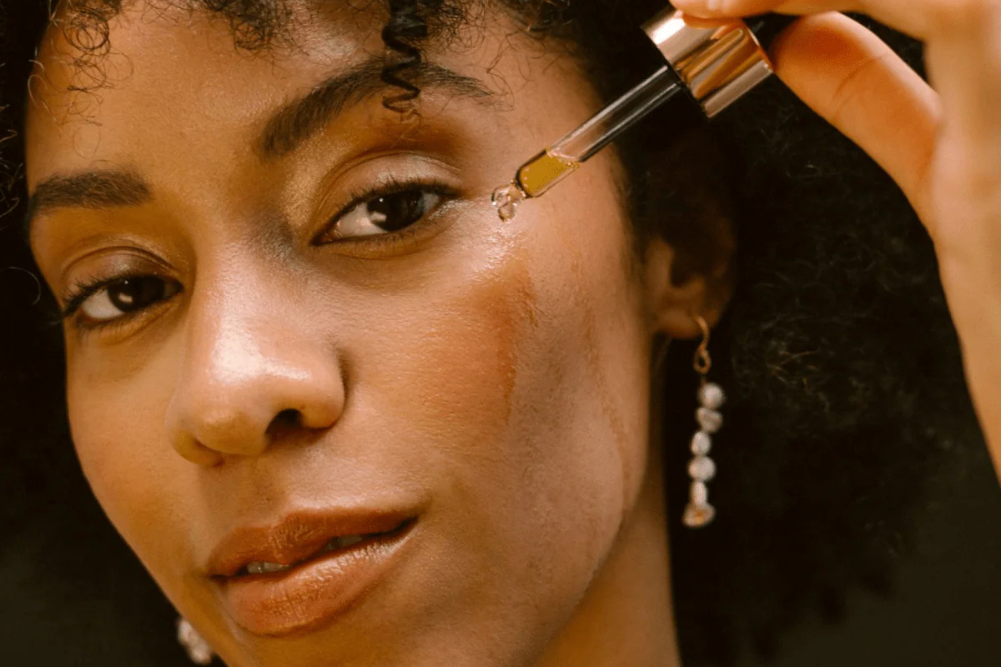Osteopathy’s Role in Fauntine’s Olympic Breakdancing Journey
We speak to Fauntine Lariba, an osteopath and professional breaker (breakdancer), on how osteopathy keeps her pain free and in optimal condition as an Olympics hopeful.
Breaking (breakdancing) is making its Olympic Games debut in Paris 2024, which is incredible. What does breaking mean to you – physically and mentally?
Breaking’s debut at the Paris 2024 Olympic Games is an historical moment for our art form. Physically, breaking demands incredible strength, flexibility, rhythm and poise. It’s a total-body workout stretches your capacity for what you thought possible. Mentally, it’s an art of self-expression, vulnerability and play, where you face and overcome your fears in a quest of mastery. It’s the hardest and most rewarding thing I’ve ever done, I am constantly humbled and am forever learning.
Could you tell us about your dual roles as a professional breaker and an osteopath? How do you balance these two demanding careers?
The balance is a challenge and something I have fine-tuned over the years. I am fortunate to have understanding and supportive bosses and coaches that have encouraged me to grow in both Osteopathy and breaking. The knowledge I have as an osteopath informs my training, recovery, injury prevention and injury management – so it’s highly beneficial to my career as a dancer. I feel my personal understanding of movement and the mind is unique and I can offer my patients quite a lot. I’d say my combination of breaking and osteopathy has been complimentary.
Breakdancing requires intense physical training and performance. How has osteopathy helped you stay pain-free and maintain your optimal condition as you pursue your Olympic aspirations?
Breaking, like any physical pursuit taken to the professional level, takes a toll on the body. I see my osteopath regularly to help me prevent injuries, expedite recovery, and maintain the flexibility and strength I need to perform at my best. It’s always beneficial to get a professional, external view on my body to direct my prehab/rehab priorities – ensuring that I address the small niggles before they escalate to injuries. The accountability and objectivity of regular osteopathy treatments play a substantial role in keeping me at my best on the dance floor with the bonus of supporting my professional development.
Many people might not be aware of the benefits of osteopathy. Could you explain how your osteopathy treatments have contributed to enhancing your sports abilities and performance?
I think of osteopathy as a way to optimise my body and its natural healing abilities, using hands-on techniques that ease tension and improve the mobility of my muscles, bones, ligaments, and connective tissue. All of this helps my body restore itself to balance after an injury or trauma. That injury might be something as severe as a complete ACL rupture (which I treated through non-surgical rehab), or the more subtle ‘traumas’ of the deliberate stress applied in strength training or a bump from a missed acrobatic move. It’s been an interesting experience learning how to apply the broader osteopathy principles to the unique demands of my art form.
Could you share some insights into how osteopathy treatments have contributed to your ability to compete at the highest level in breaking, while also maintaining your health and wellness?
Osteopathy has played a significant role in allowing me to compete at the highest level in breaking while keeping my health in check. By addressing any issues before they become major problems, I can maintain my body’s resilience and ensure I’m able to perform at my best. My breaking journey is about more than winning competitions, it’s about personal growth, facing fears, mastering movement, and having a great time whilst doing so. Osteopathy has allowed me to engage in an artform developed by teenagers and sustain it for long enough that I’m just now stepping into my prime in my 30s.
As an advocate for osteopathy, what key message would you like to convey to other athletes and individuals who might be living with pain unnecessarily, as suggested by the survey results?
I really think most people don’t know how good they could feel, we seem to tolerate discomfort even when we don’t need to. I have found that people either do not know what an osteopath is, or they absolutely love osteopaths. My key message would be – give Osteopathy a whirl, it will help more than you think. You don’t need a referral for an osteopath, you can simply book in to see a university-qualified registered healthcare professional.
What is next for you?
Another day in ‘the office’: training, competing and prioritising recovery. We have three of Oceania’s biggest competitions across the next two months, including the qualifier for the Paris 2024 Olympics. So, when I’m not treating patients, you will find me deep in the training cave (or napping, eating or in the lounge room stretching) until then!
Website
You do not need a referral to see an osteopath; you can just book an appointment directly.
To find out how osteopathy can help you to live a full, pain free life, visit whatisosteo.com








